
Seaplanes as Environmental First Responders: Seaplanes have earned a solid rep as crucial environmental first responders in the United States. From tackling fierce wildfires to preventing the spread of aquatic invasive species (AIS), these versatile aircraft operate in unique ways that benefit both the environment and communities. If you’ve ever wondered how these flying boats make a difference beyond just transportation, stick around. This article breaks down how seaplanes play a vital role in protecting our natural landscapes and aquatic ecosystems.
Table of Contents
Seaplanes as Environmental First Responders
Seaplanes are environmental heroes in the sky and on the water. They combine unique design and innovative tech to fight fires, halt invasive species spread, support communities, and foster sustainable connectivity. While facing operational and regulatory challenges, ongoing advancements promise cleaner, quieter, and more efficient seaplanes. Whether you work in environmental management or are just curious about green aviation, seaplanes represent a powerful, trusted solution for today and tomorrow’s environmental response needs.
| Topic | Key Data & Stats | Career/Professional Info |
|---|---|---|
| US Firefighting Aircraft | Market valued $3.2B in 2024; 5% CAGR through 2032 | Cal Fire operates 60+ aircraft including seaplanes |
| Water Scooping Capacity | Approx. 1,600 gallons collected in 12 seconds | New tech improves drop accuracy and efficiency |
| Aquatic Invasive Species | AIS causes multi-billion dollar economic damage | ANS Task Force creates best practices for seaplane operators |
| Environmental Advantages | Uses natural water bodies; minimal habitat disruption | Electric seaplane tech emerging; less noise and emissions |
| Market Growth & Tech | $1.83B global market size 2025; 5% CAGR; hybrid-electric, electric seaplanes growing | Advanced materials, sustainable aviation focus, floating terminals |
What Are Seaplanes? And Why Are They Special?
Let’s get on the same page. A seaplane is an aircraft designed to take off from and land on water. Unlike your regular planes that use asphalt runways, seaplanes operate on lakes, rivers, and coastal waters. They come in various types — including floatplanes, which have pontoons beneath the fuselage, and flying boats, which have hull-shaped bottoms acting like a boat’s hull. These designs allow access to remote, otherwise unreachable places without the need for costly airport infrastructure.
The environmental edge? Seaplanes reduce the need for building airports in sensitive or pristine habitats, minimizing disruption to wildlife and ecosystems. Their propellers sit above the water to avoid stirring up sediments or harming aquatic life. The floats that contact water are not treated with toxic paints, which further helps preserve water quality and riverbanks.
This makes seaplanes uniquely poised for sustainable regional connectivity, especially in places like the Pacific Northwest or Alaska, or island communities where roads and airports are scarce. Government and private sectors recognize this lower ecological footprint, driving investments in seaplane infrastructure such as floating terminals and water aerodromes.
Why Seaplanes as Environmental First Responders?
Each wildfire season, especially from April to November, seaplanes shine as indispensable tools in fire suppression efforts. They scoop enormous volumes of water—about 1,600 gallons in just 12 seconds—from lakes, rivers, or even oceans, then drop it on flames and hotspots.
What sets seaplanes apart from other firefighting methods is their speed and efficiency. Traditional air tankers must fly back to airports to refill, causing delays. Seaplanes can instead refill almost instantly from nearby water bodies, enabling many sorties in quick succession. This rapid-response capability saves valuable time helping contain fast-moving fires that threaten forests, homes, and lives.
Cal Fire and other agencies operate large fleets, including Canadair CL-415s and Air Tractor 802F Fire Boss seaplanes. With wildfire acreage increasing due to climate change, the US firefighting aircraft market was valued at over $3.2 billion in 2024 and grows about 5% annually, signaling heavy ongoing investment.
Seaplanes employ advanced drop technologies to improve accuracy and reduce wasted water, lowering fuel consumption and environmental impact. Their amphibious nature also allows water drops in fragile ecosystems without disturbing the ground, unlike heavy fire trucks.
Using Saltwater in Firefighting
In coastal regions like California, fresh water can sometimes be limited, especially during droughts, leading to the tactical use of seawater for firefighting. While seawater can provoke corrosion and aircraft wear, modern materials and protective coatings have mitigated these downsides. Strategic use of saltwater helps conserve precious freshwater resources while maintaining fire suppression effectiveness.
Battling Aquatic Invasive Species (AIS) With Seaplane Safety
Seaplanes face a surprising environmental challenge: preventing the spread of aquatic invasive species (AIS). These are non-native organisms—like zebra mussels and Eurasian watermilfoil—that disrupt native ecosystems, clog waterways, and cause billions in economic damage annually.
Since seaplanes transport between water bodies, AIS can hitch a ride on floats, hulls, or internal water tanks. To combat this risk, agencies like the Aquatic Nuisance Species Task Force partner with seaplane operators to promote best management practices.
Best Practices for Seaplane Operators to Prevent AIS Spread
- Scrub and disinfect floats and gear before transferring between lakes or rivers.
- Drain all internal and external water to eliminate larvae or seeds.
- Avoid flying from infested to clean waterways.
- Report any AIS sightings for tracking and rapid response.
- Educate pilots and maintenance crews on AIS risks and mitigations.
These steps reduce the risk that seaplane operations will inadvertently spread invasive species, preserving biodiversity and water quality. It’s a win-win, ensuring seaplanes remain eco-friendly facilitators of connectivity without ecological harm.
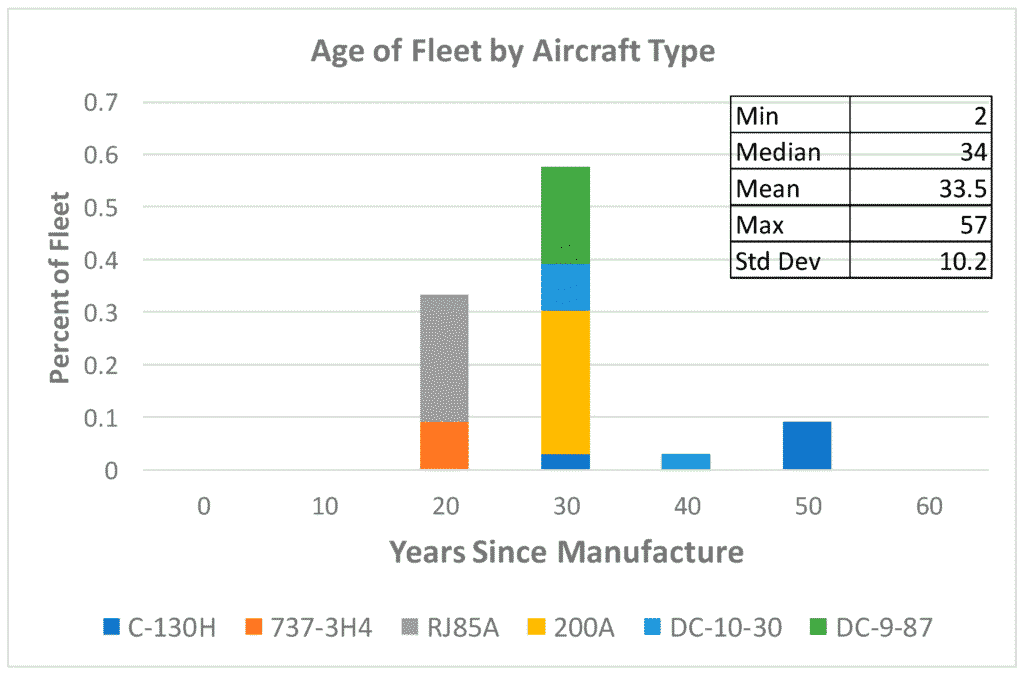
Environmental Benefits Beyond Firefighting and AIS Control
Seaplanes are more than firefighting and AIS prevention tools—they offer broad ecological advantages. Using natural water bodies as “runways” means they avoid deforestation and habitat loss caused by building conventional airports.
Their above-water propellers reduce disturbance to aquatic substrates and vegetation, and unlike boats, seaplanes don’t leave propeller scarring below water. Float bottoms avoid toxic anti-fouling treatments, promoting healthy aquatic systems. In fact, ecologists increasingly use seaplanes for water quality monitoring and wildlife surveys, benefiting from their low-impact profile.
Advancements in Sustainable Seaplane Technology
The global seaplane market, valued at $1.83 billion in 2025, is growing near 5% annually, fueled by sustainability efforts. Manufacturers are investing heavily in hybrid-electric and fully electric propulsion systems, aiming to lower carbon emissions and reduce noise pollution—critical for sensitive natural areas.
New aircraft designs employ lightweight carbon composites and aerodynamic improvements, boosting fuel efficiency and extending range. These tech leaps promise quieter, cleaner seaplane operations aligned with global carbon neutrality goals.
Hybrid and electric seaplanes also hold promise for expanding regional air mobility—particularly for eco-tourism and urban air taxi services—offering a low-emission option in congested or remote waterways.
Community and Disaster Relief Roles
Beyond environmental tasks, seaplanes deliver vital humanitarian services. After floods, hurricanes, or earthquakes, when roads or airports are compromised, seaplanes can promptly transport people, medical supplies, and food by landing on open water.
Remote communities lacking airstrips depend on seaplanes for emergency evacuations and resilience. Their ability to operate independently of ground infrastructure adds critical versatility in disaster response and recovery, blending environmental sensitivity with community support.
Challenges and Regulatory Landscape
Despite their benefits, seaplanes face hurdles. Noise pollution in wildlife areas remains contentious, requiring strict operational guidelines and pilot training. Regulatory processes can be complex, involving environmental impact assessments and infrastructure approvals. More consistent and accessible seaplane bases—like floating terminals—are needed to support expansion.
Climate change itself worsens operational conditions. Longer wildfire seasons and unpredictable weather demand resilient, adaptable fleets. Operators must continuously embrace new tech and sustainable practices to meet rising demands while safeguarding natural habitats.

Step-by-Step Guide: How Seaplanes Help the Environment
Step 1: Rapid Fire Response
Seaplanes scoop water from nearby natural sources and efficiently target wildfire hotspots, reducing fire spread and damage.
Step 2: Best AIS Prevention Practices
Implement rigorous cleaning and inspection regimens on aircraft to prevent invasive species transmission.
Step 3: Embrace New Technologies
Adopt low-emission engines, hybrid or electric propulsion, and materials enhancing fuel economy and range.
Step 4: Support Communities
Use seaplanes for disaster relief to reach inaccessible locations quickly, delivering aid and evacuating affected people.
Step 5: Educate Stakeholders
Conduct pilot training and public outreach to increase environmental awareness and promote responsible operations.
Get Certified: Announcing the New Seaplane AIS Stewardship Course
Beyond the Boat Ramp: How Technology Can Solve the Seaplane Inspection Gap
State-by-State AIS Regulations: A Seaplane Pilot’s Compliance Guide


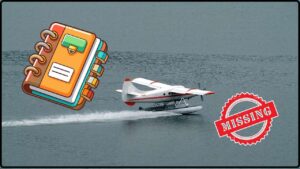

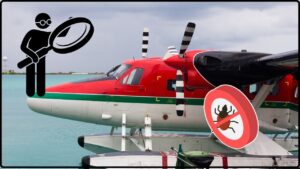




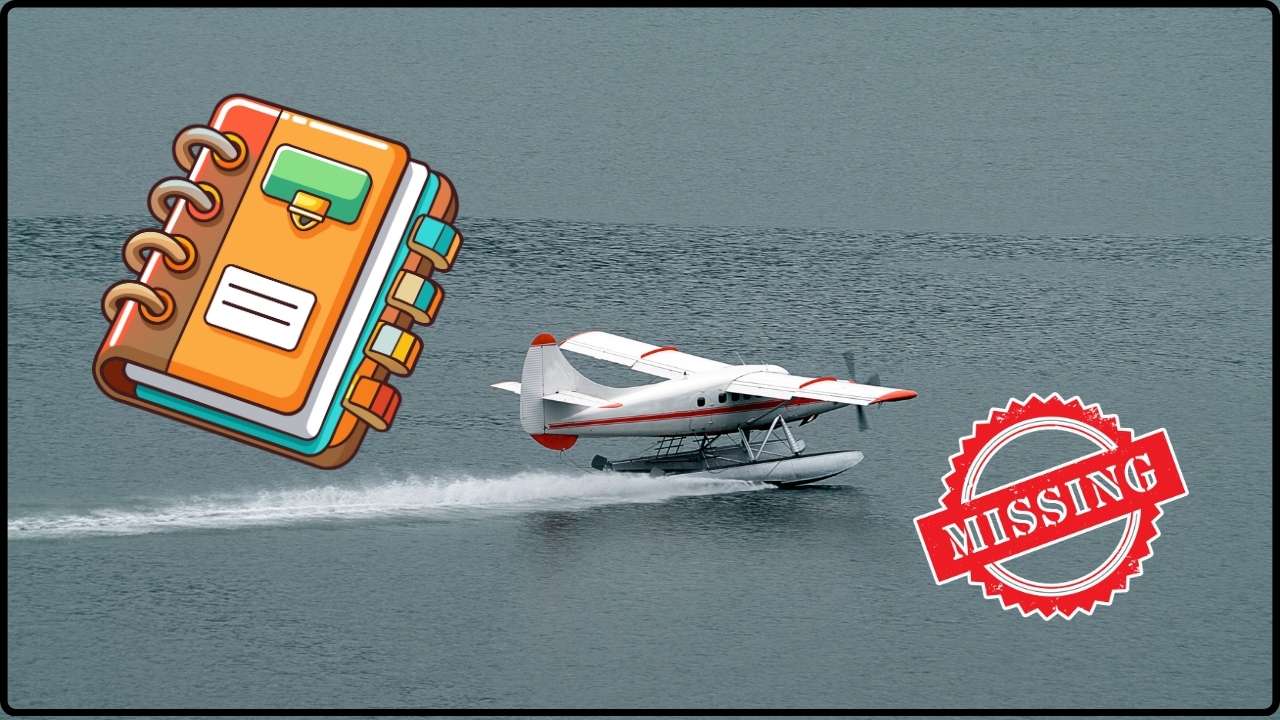

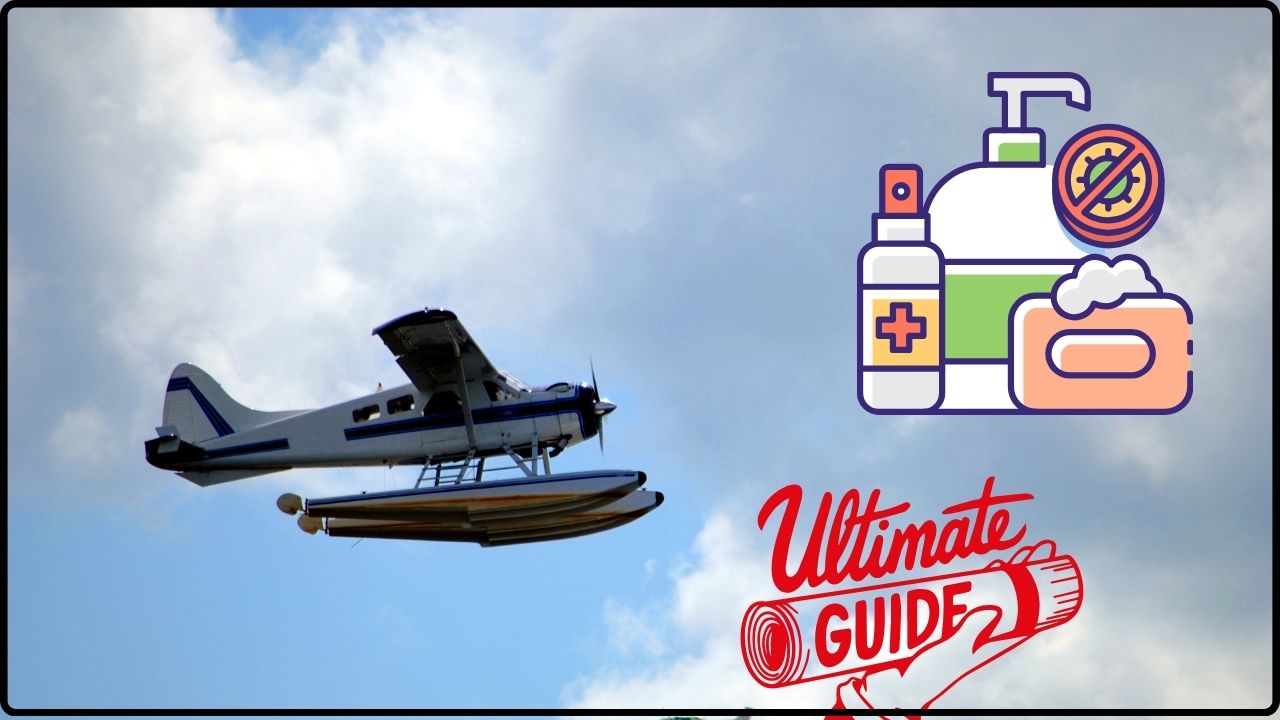


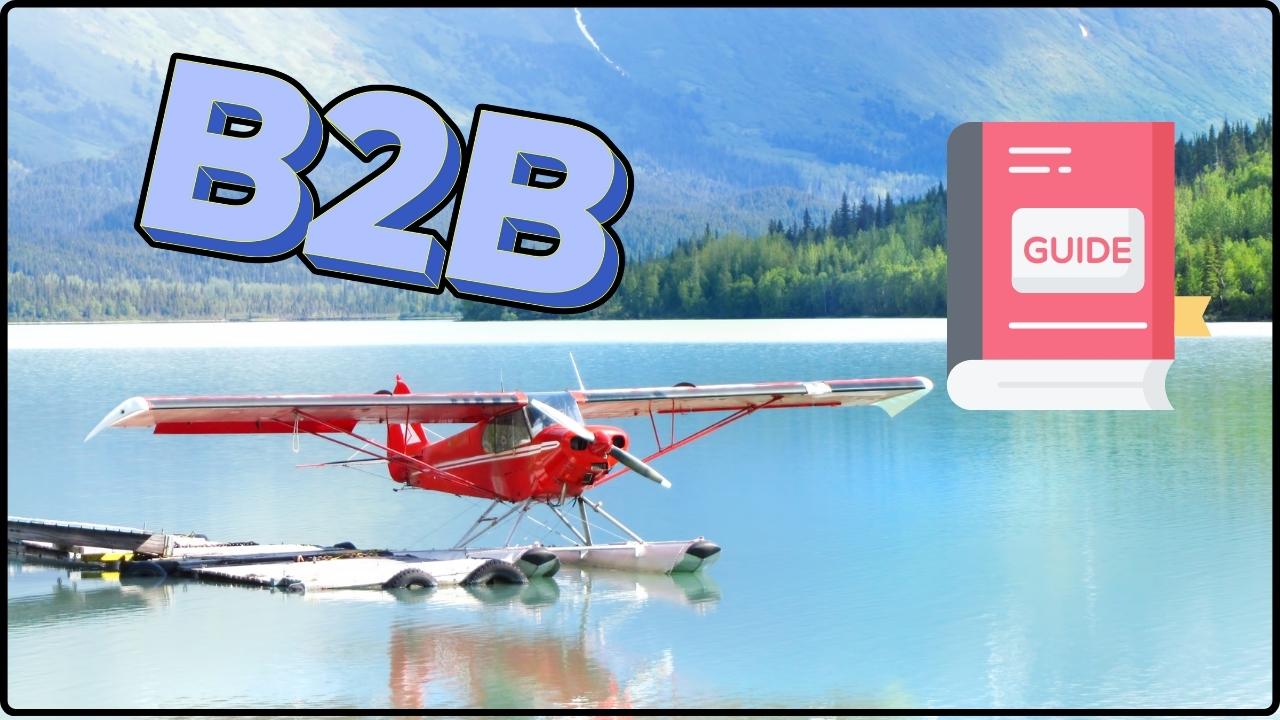
![Case Study: How [Lake Association] Partners with Pilots to Stop AIS](https://seaplanesandais.com/wp-content/uploads/2025/11/Case-Study-How-Lake-Association-Partners-with-Pilots-to-Stop-AIS.jpg)
